★★★
“Jurassic dog park”
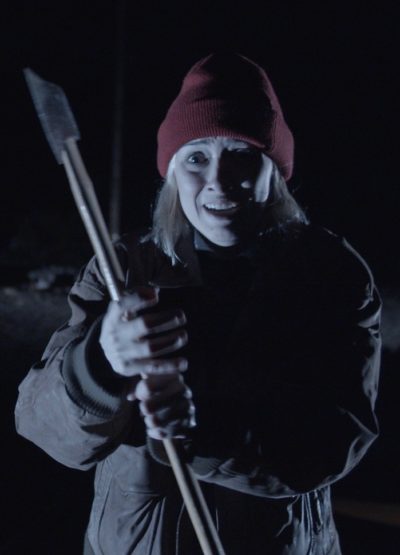 Yeah, the scale here is a bit smaller than the Spielberg classic, to put it mildly. As in… there’s precisely one (1) velociraptor. For reasons that are a bit unclear, this is roaming a deserted Wild West attraction on the road to Los Angeles. Heading to LA are wannabe stand-up comic Julia (Walker) and her flamingly gay best friend, Kyle (Rennie). An accident forces them off the road, and with – what a surprise! – no cell signal, they are forced to seek help at the previously mentioned attraction, where Ray (Mede) is the only inhabitant, and is acting a bit odd. Turns out, there’s good reason for this, with a large, carnivorous prehistoric reptile roaming the facility, the work of a mad scientist (Mertz). Will Julia ever make it to Tinseltown?
Yeah, the scale here is a bit smaller than the Spielberg classic, to put it mildly. As in… there’s precisely one (1) velociraptor. For reasons that are a bit unclear, this is roaming a deserted Wild West attraction on the road to Los Angeles. Heading to LA are wannabe stand-up comic Julia (Walker) and her flamingly gay best friend, Kyle (Rennie). An accident forces them off the road, and with – what a surprise! – no cell signal, they are forced to seek help at the previously mentioned attraction, where Ray (Mede) is the only inhabitant, and is acting a bit odd. Turns out, there’s good reason for this, with a large, carnivorous prehistoric reptile roaming the facility, the work of a mad scientist (Mertz). Will Julia ever make it to Tinseltown?
Clearly, you have to understand that this is a low-budget entity, and not expect the kind of spectacle provided by larger dinosaur movies. That said, if you stick with it – and the 30 minutes it takes for the lizard mayhem to kick in, seems a lot longer – this isn’t without charm. Once it gets going, there is a fairly non-stop degree of energy, and there’s an interesting role reversal to the typical dynamic of couples in these movies. Kyle is the one who spends much of the time cowering in a corner; it may be stereotypical in its portrayal of homosexuality, but not gratingly so, and it allows Julia to become a bit more pro-active than normal.
If she is not exactly Ellen Ripley, to be sure, we are starting from a considerably lower level to begin with, and that does make her a bit more relatable. Most of what she does, is stuff that you or I could do (okay… probably just you. Getting out of bed is a battle, personally!), rather than any kind of superhuman feat. Between the writing and the performances, the film does a good job of making the characters seem like real people, to a better degree than most cheap B-movies. There’s a lengthy coda, after the film basically ends not past the hour mark, with several unnecessary scenes apparently added to reach feature length. It is probably just worth staying around, purely to hear Julia perform her velociraptor-themed stand-up routine.
The dinosaur is mostly CGI, and is integrated adequately enough into proceedings, though its actual interaction with any physical people or things, is limited to put it mildly. On the other hand, it manages to avoid the frequent pitfall of movies shot at night, where most of the action here takes place. You can actually tell what’s happening, without straining your eyes to peer into an underlit darkness. This positive is less common than you might think. Again, I cannot stress enough that it offers small-scale carnage, at best. However, I was still entertained more than I expected, and was left willing to give this the benefit, of the more than considerable doubts I had going in.
Dir: Gerald Rascionato
Star: Chynna Walker, Richard Rennie, Mel Mede, Ken Mertz





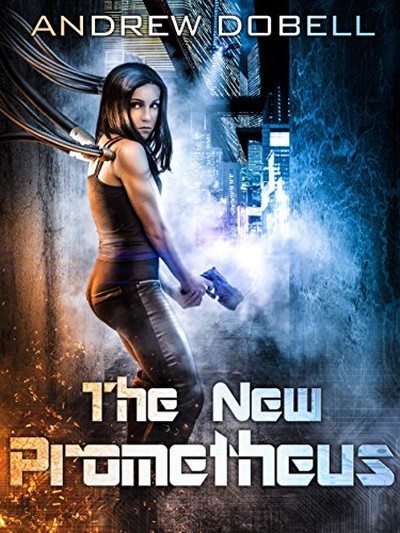 The setting is a dystopian version of London, which has become separated into two distinct halves, and classes of residents. It’s a world in which cybernetic enhancements are common. But they come at the cost of a debt – sometimes, virtual enslavement – to the powerful corporations who supply and maintain them. Frankie has resisted these, preferring to retain her humanity, and journeys into the dangerous undercity, to help those less fortunate. But on one such trip, she’s shot and left for dead. Rescued by the renegade Doctor Xenox, she wakes to find herself in a new, artificial and highly-powered body. She’s not too happy about it. Things get worse, for the doctor’s erstwhile corporate employers, Psytech, consider Frankie v2.0 as their property, and will stop at nothing to get her under control. As a result, with the help of the Doctor, and cop Gibson, she has to fend off the assembled forces of Psytech.
The setting is a dystopian version of London, which has become separated into two distinct halves, and classes of residents. It’s a world in which cybernetic enhancements are common. But they come at the cost of a debt – sometimes, virtual enslavement – to the powerful corporations who supply and maintain them. Frankie has resisted these, preferring to retain her humanity, and journeys into the dangerous undercity, to help those less fortunate. But on one such trip, she’s shot and left for dead. Rescued by the renegade Doctor Xenox, she wakes to find herself in a new, artificial and highly-powered body. She’s not too happy about it. Things get worse, for the doctor’s erstwhile corporate employers, Psytech, consider Frankie v2.0 as their property, and will stop at nothing to get her under control. As a result, with the help of the Doctor, and cop Gibson, she has to fend off the assembled forces of Psytech.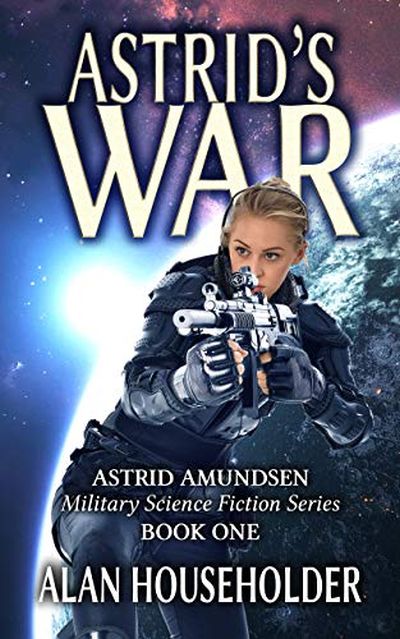
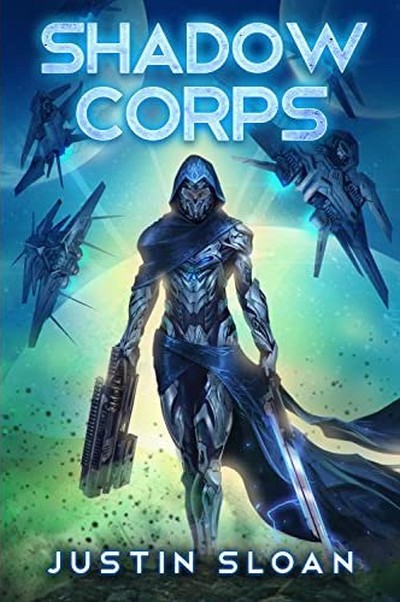

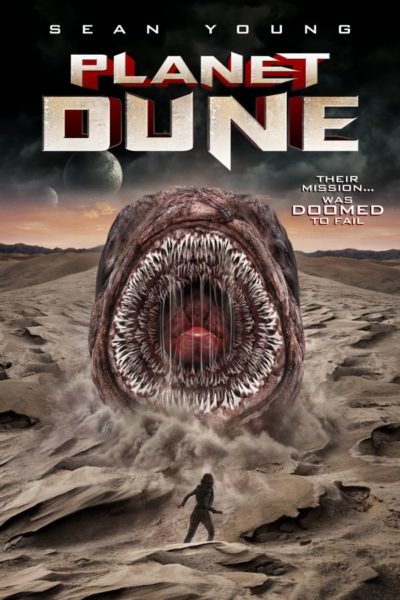 On the one hand, this is obviously The Asylum’s mockbuster version of Dune, and that carries with it weightily low expectations. But, dammit if I didn’t actually
On the one hand, this is obviously The Asylum’s mockbuster version of Dune, and that carries with it weightily low expectations. But, dammit if I didn’t actually 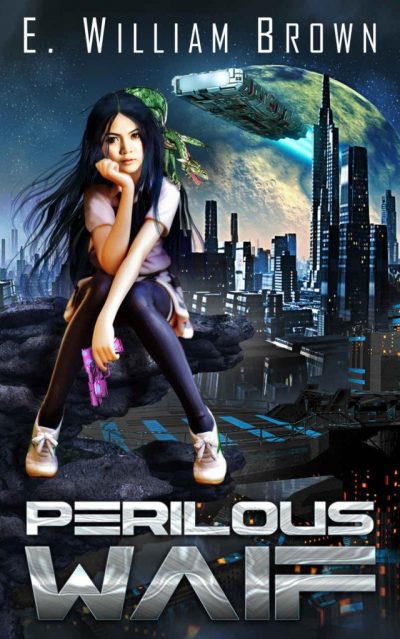
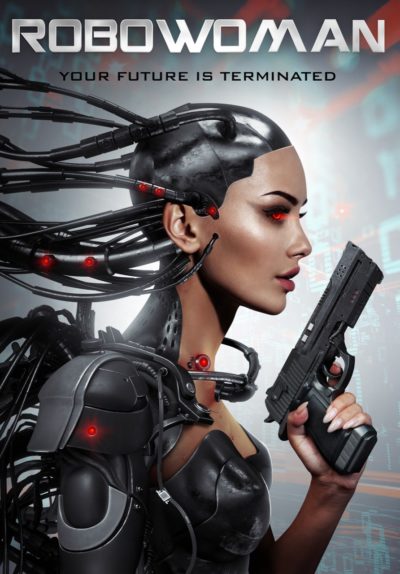
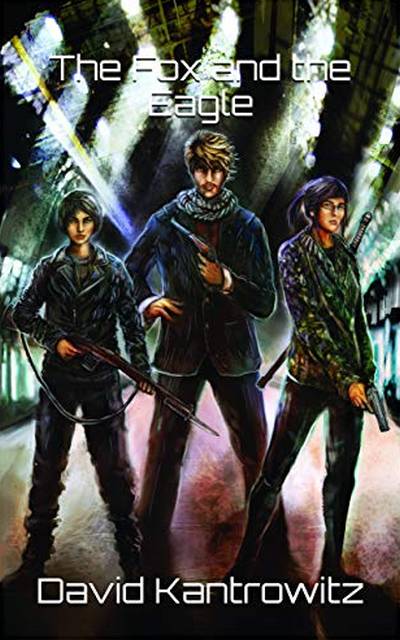 I don’t typically buy fourth books in a series, but didn’t actually realize that was the case here until after I’d finished it. From what I can gather, this is set in the same universe at its predecessors, but introduces a new set of characters. It certainly works well enough as a stand-alone entity, and poses no problems read on its own.
I don’t typically buy fourth books in a series, but didn’t actually realize that was the case here until after I’d finished it. From what I can gather, this is set in the same universe at its predecessors, but introduces a new set of characters. It certainly works well enough as a stand-alone entity, and poses no problems read on its own. Certainly the kind of action film for which you need to suspend your disbelief. In this case, the closest parallel is, as the tag-line above implies, the Jason Statham vehicle, Crank. In it, Statham’s character was poisoned, and had to keep his adrenaline permanently up for the rest of the film. to avoid dying. Here, it’s almost the reverse. Beckinsale’s character, Lindy, was born with a rare condition, “intermittent explosive disorder”. This is pretty much what it sounds like: uncontrollable aggressive outbursts, like a physical version of Tourette’s. This is a real thing. Not so real? Lindy is also “blessed” with high levels of cortisol, which make her faster and stronger than anyone else. Somewhere in the middle? Lindy controls her IED with electric shocks from a handheld device given to her by her therapist, Dr. Munchin (Tucci). All told, I’m tagging this as SF. #ChangeMyMind
Certainly the kind of action film for which you need to suspend your disbelief. In this case, the closest parallel is, as the tag-line above implies, the Jason Statham vehicle, Crank. In it, Statham’s character was poisoned, and had to keep his adrenaline permanently up for the rest of the film. to avoid dying. Here, it’s almost the reverse. Beckinsale’s character, Lindy, was born with a rare condition, “intermittent explosive disorder”. This is pretty much what it sounds like: uncontrollable aggressive outbursts, like a physical version of Tourette’s. This is a real thing. Not so real? Lindy is also “blessed” with high levels of cortisol, which make her faster and stronger than anyone else. Somewhere in the middle? Lindy controls her IED with electric shocks from a handheld device given to her by her therapist, Dr. Munchin (Tucci). All told, I’m tagging this as SF. #ChangeMyMind